This is one of the most important, but least known historical and archaeological sites in Britain. Gunpowder has played a huge role in modernisation; without it we would not have city states, mining, wars, hunting, and spectacular fireworks. This is from historian Brenda Buchannan:
Gunpowder and the explosives and propellants which followed it provided a form of energy which changed the world; it encouraged trade and helped to open up new lands; it provided a power beyond the previous limitations of the natural order and so allowed earth moving, mining and engineering to take place, and it set in train military conquest, the formation of nation states, and the building and maintenance of vast empires. This was achieved through the development of many centres of gunpowder production, of which that at Waltham abbey was crucial, for it was to become the pre-eminent powder works in this country and one of the most important in the world.
Waltham Abbey may have produced powder for the Battle of Crecy, but the first definite evidence for them is of several explosions during the Civil War.
The site was suitable as it had plentiful wood for charcoal, one 3 ingredients, and for buildings, and lots of water to drive the mills and transport the finished product down to the east end of London. The Walton family took over the works in 1702 and by 1735 was claimed to be the biggest and most complete works in the country. when John Walton died in 1735 his widow and mother of 10, Phillipa took on the running of the works, later aided by her sons until they were bought by the crown in 1789 and put under the control of William Congreve who expanded and improved the site to supply munitions for the Napoleonic Wars.
6,000 people worked here during World War I, including many women.
Cordite, nitroglycerine and gun cotton were made here, and production continued till 1991, with the site open to the public in 2001. About half the site is still too contaminated for public access, so visitors can judder round on a road train.
There is a lot to see there: a photography exhibition on women at war, lots of information on gunpowder and munitions production, and they’ve made a lot of effort to entertain kids with chemical experiments and rocket making and testing. But the place seems a bit sad. The gift shop is in the cafe area, but lack of volunteers meant it was closed. It is largely personed by volunteers, i.e mostly school kids and pensioners who are great, but there weren’t many people there.
This is a press for gun cotton near the entrance. A beautiful looking thing.
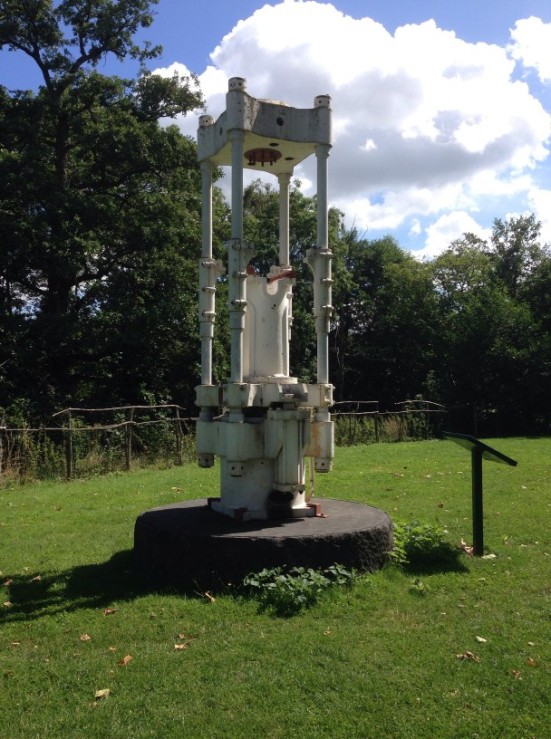
The main office building from when the Waltons owned the site.
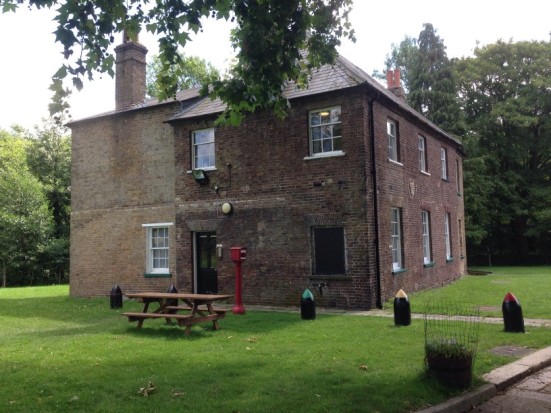
Outside it is a red box – scattered round the site to notify by morse code of a fire, so people could rush to the site to put it out.
 A boat for transporting the powder. Horses were not used – metal shoes made sparks
A boat for transporting the powder. Horses were not used – metal shoes made sparks
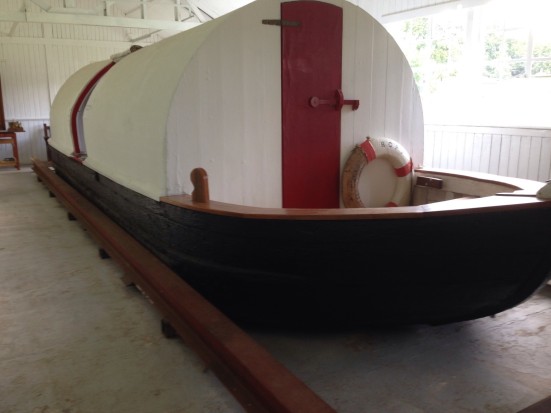
A dinky cart for small amounts. Pushed by hand of course
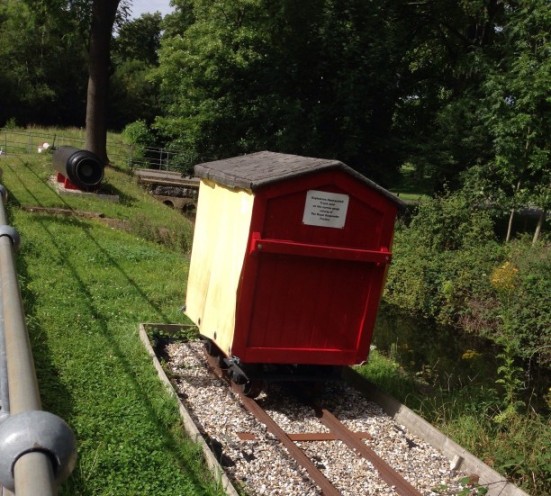
The laboratory where they tested powder under different pressure, temp and humidities. No escape steps so if something happened they had to jump out the windows.
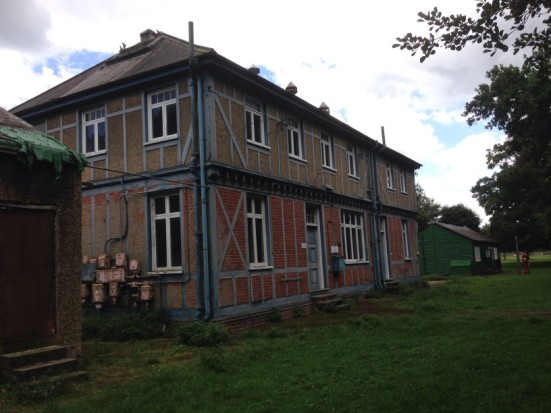
These workshops were built with flimsy roofs and solid walls between them in case of explosion, the roof would blow up to expend the force, protecting adjoining workshops.

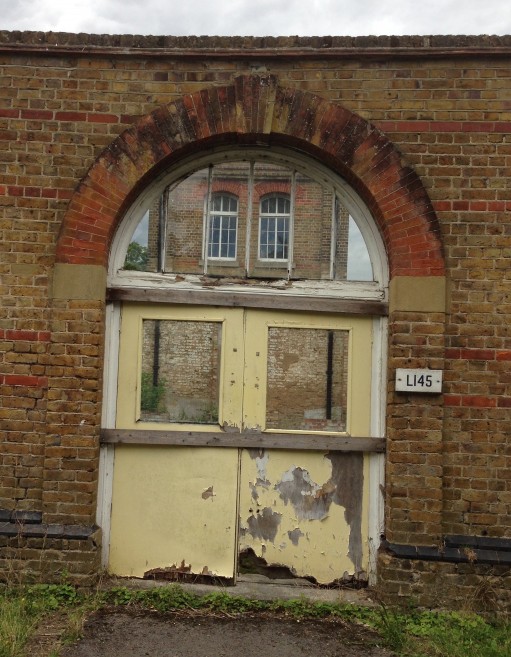
I love old switches


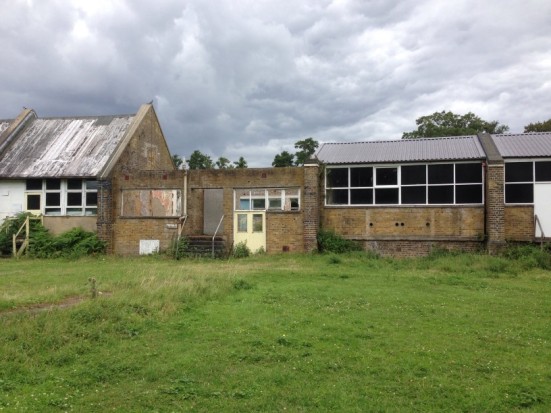
Now the really great stuff – the off limits area – too contaminated for the public to walk around so there’s a road train. Tthere are more scheduled and listed monuments than anywhere else in Britain. (I think- hard to keep up with all the tour guide’s info) If you’ve seen Tarkovsky’s ‘Stalker’, it could have been filmed here. Eerily beautiful wilderness.
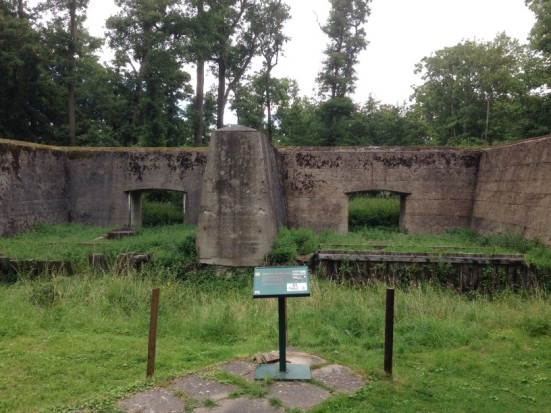
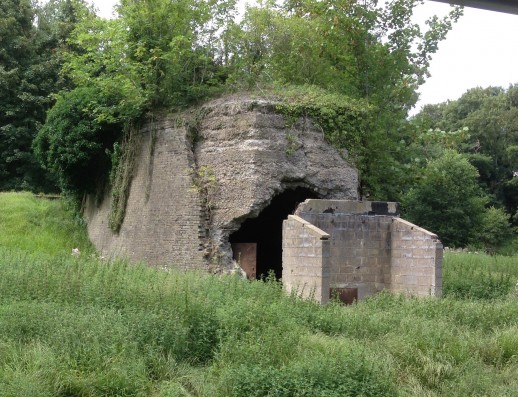

I love this – for making nitroglycerine. So explosive the ingredients were poured into channels at the top and mixed together as they flowed down for collection at the bottom.
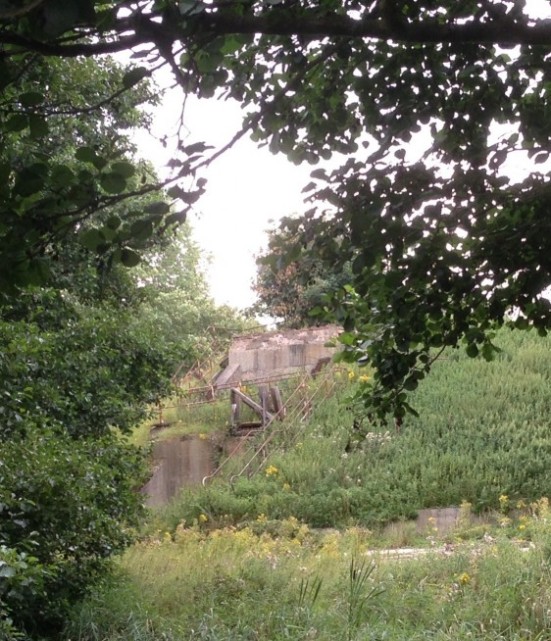
Here’s the driver feeding bread to the huge carp that live in this pond. They are so big herons have given up trying to catch them. This is where the famous bouncing bombs were tested underwater. Because of this all the original fish died off, then carp introduced and have been left in peace since.

Gives new meaning to every episode of Sharpe which I watch on a regular basis!
LikeLiked by 1 person
Never seen it but glad u liked the post
LikeLiked by 1 person
Very intriguing day out!
LikeLiked by 1 person
I found it so frustrating. So much great stuff there & keen staff but poorly managed. Website looks so amateurish.
LikeLike